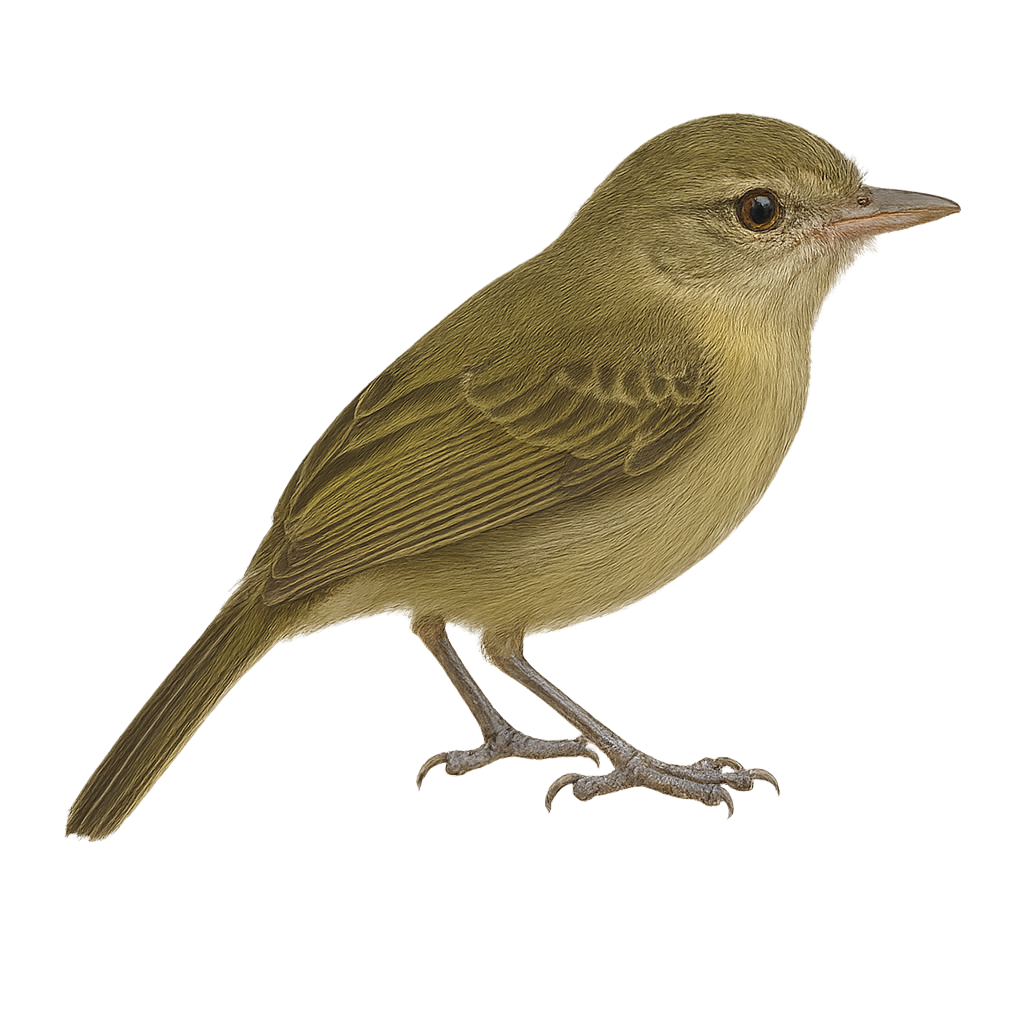Your wildlife photography guide.
Explore the fawn-breasted tody-tyrant in detail, study its behavior, prepare your shots.
Where to observe and photograph the fawn-breasted tody-tyrant in the wild
Learn where and when to spot the fawn-breasted tody-tyrant in the wild, how to identify the species based on distinctive features, and what natural environments it inhabits. The WildlifePhotographer app offers tailored photography tips that reflect the fawn-breasted tody-tyrant’s behavior, helping you capture better wildlife images. Explore the full species profile for key information including description, habitat, active periods, and approach techniques.
Fawn-breasted Tody-Tyrant
Scientific name: Poecilotriccus fumifrons

IUCN Status: Least Concern
Family: TYRANNIDAE
Group: Birds
Sensitivity to human approach: Suspicious
Minimum approach distance: 5 m
Courtship display: September to October
Incubation: 16-18 jours
Hatchings: October to November
Habitat:
Tropical rainforests, forest edges, dense undergrowth
Activity period :
Primarily active during the day, with peak activity in the morning and late afternoon.
Identification and description:
The Fawn-breasted Tody-Tyrant is a small passerine bird belonging to the Tyrannidae family. It is primarily found in the tropical rainforests of South America, particularly in Brazil, Guyana, and Venezuela. This bird is characterized by its olive-green plumage on the back and pale yellow underparts, with a grayish head and distinctive fawn-colored forehead. It measures about 9 to 10 cm in length and weighs between 6 and 8 grams. It is often seen foraging for insects in dense foliage, moving with agility and speed. Its song is a soft, repetitive trill, often heard at dawn.
Recommended lens:
400 mm – adjust based on distance, desired framing (portrait or habitat), and approach conditions.
Photography tips:
To photograph the Fawn-breasted Tody-Tyrant, it is advisable to use a telephoto lens of at least 400mm to capture detailed images without disturbing the bird. Look for it early in the morning when its activity is at its peak. Be patient and discreet, hiding behind vegetation to avoid scaring it away. Use a tripod to stabilize your camera and achieve sharp images. Opt for low ISO settings to reduce noise and enhance image quality.
The WildlifePhotographer App is coming soon!
Be the first to explore the best nature spots, track rutting seasons, log your observations, and observe more wildlife.
Already 1 432 wildlife lovers subscribed worldwide

